Perseverance, creative endeavor, unity, and pride are the overlapping themes found in the spirited evolution of the Black community in King County. The past is fixed; we cannot reverse it. However, with past lessons learned and documentation of our shared history, we can create a map that serves to inform our future and guide our opinions.
Created by the Black Heritage Society of Washington State, with contributing partners Jackie Peterson | Exhibit Services, Converge Media with Carlos Imani, and Shelf Life, this tour of African American heritage sites in King County with special emphasis on Seattle’s Central District combines narratives, images, and audio in a thematic itinerary curated to heighten awareness and value identity while exploring historic destinations. The waypoints on the tour are categorized in four themes to weave a story of community and tradition: Legacy, Arts and Culture, Call to Action, and Spirituality and Community.
Legacy
“Cultural legacies are powerful forces. They have deep roots and long lives. They persist, generation after generation, virtually intact, even as the economic and social and demographic conditions that spawned them have vanished, and they play such a role in directing attitudes and behavior that we cannot make sense of our world without them.”—Malcolm Gladwell
African American historical sites are named for legacies and icons to acknowledge and honor sense of place throughout King County. Though legacy waypoints are numerous in the county, two sites of historic interest are identified as legacy stops on this tour. At a local park, Dr. Martin Luther King Jr. is memorialized as an influence that reflects a culturally aware city. Also held in high regard is a site located at the heart of the Central Area that today pays homage to community economic empowerment and investment that was once the first Black-owned bank west of the Mississippi.
Arts and Culture
“I stay cool and dig all jive, that’s the way I stay alive. My motto, as I live and learn, is dig and be dug in return.”—Langston Hughes
African American artists, musicians, dancers, poets, and writers have significantly impacted and contributed to the cultural essence of King County since the mid-19th century. From the historic Jackson Street jazz corridor to newly developed and art-infused residential buildings, the Central Area serves as a hub for a vibrant and re-emerging innovative arts community.
Call to Action
“If not here, then where? If not now, then when? If not us, then who?”—K. Wyking Garrett
By the 1930s, King County’s African American population began to grow rapidly. The newcomers quickly discovered that while equality and access were attainable on some levels, there was a repressive system with respect to housing, economic mobility, and education. Activism, advocacy, and calls to action emerged out of the demand for equal rights. Locally, African Americans aligned themselves with civil rights organizations and formed grassroots movements for equitable change.
Spirituality and Community
“Let us count the many blessings this YWCA (Phyllis Wheatley Branch) has given to the community, and let us continue to beat the drum, setting the cadence as we march into the future.”—Dr. Mona Lake Jones
As African Americans relocated to King County from the Jim Crow South, many came by faith and hoped to make a better life for themselves and their families. Arriving in the unknown and desiring a welcoming and friendly community with familiar interests, Black people sought housing, churches, and social services. The nation’s first racially integrated public housing development was located here, two of King County’s oldest African American churches were founded in Seattle, and Central Area branches of the YWCA and YMCA were forming deep roots to establish a rich history for how they helped sustain the community.


